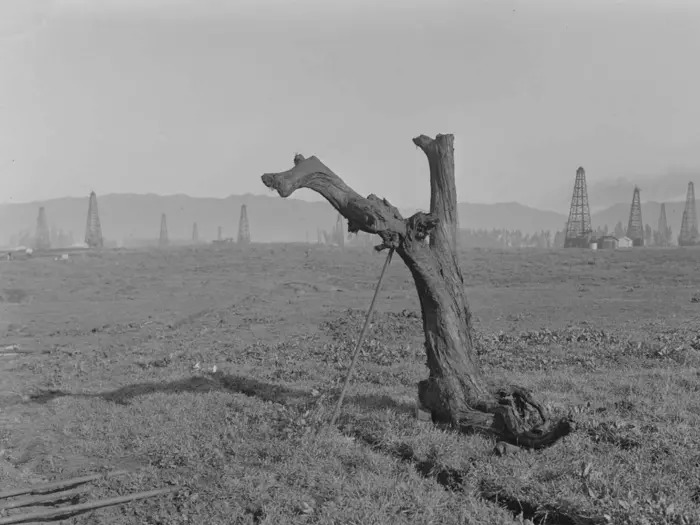Anduril's YFQ-44A CCA Begins Flight Testing, Ushering in New Age of Autonomous Airpower
- MM24 News Desk
- 5 days ago
- 3 min read

Anduril Industries and the U.S. Air Force have commenced flight testing of the YFQ-44A Collaborative Combat Aircraft (CCA), a semi-autonomous fighter drone developed from a clean-sheet design in a record-breaking 556 days. This milestone marks a pivotal step in a program designed to achieve "affordable mass" and fundamentally reshape American air combat strategy through manned-unmanned teaming.
The history of military aviation is punctuated by rare, fundamental transformations. The shift from piston engines to jets in the 1950s redefined speed and altitude. The advent of stealth in the 1980s revolutionized penetration and survivability. Today, we stand at the next precipice: the integration of autonomy into the fighter fleet. The path into this new era is being blazed by the Collaborative Combat Aircraft (CCA) program, and a critical milestone has now been reached with real hardware in the sky.
Flight testing is where bold proclamations meet hard reality. This is the phase where Anduril and the U.S. Air Force prove that the YFQ-44A meets the mark not just in appearance, but in performance. They are validating its speed, maneuverability, stealth characteristics, and weapons systems integration, according to the company's announcement. But this testing goes beyond raw performance in a vacuum. The real "step change" is proving that these robotic aircraft can collaboratively accomplish mission objectives, either alongside crewed fighters like the F-35 or operating independently in a swarm.
The urgency behind this program is palpable. Adversaries are not waiting; their own air power technologies are evolving at a frantic pace, with new crewed and uncrewed platforms emerging in timelines measured in months, not years. In response, the CCA program prioritizes "speed to ramp"—the ability to design, build, and field significant quantities of aircraft quickly. The fact that the YFQ-44A went from a clean-sheet design to first flight in just 556 days is a testament to this urgency, a pace reportedly faster than any major fighter program in recent history.
READ ALSO: https://www.modernmechanics24.com/post/ntu-scientists-propose-carbon-neutral-space-data-centres
What makes this aircraft fundamentally different is its brain, not just its airframe. From its very first flight, the YFQ-44A has operated semi-autonomously. This is not a remotely piloted aircraft where a human operator flies it with a stick and throttle from the ground. Instead, the company stated that the aircraft executes a mission plan on its own, manages its own flight controls and throttle, and can return to land at the push of a button, all under the supervision of an operator who is "on the loop," but not "in the loop."
This integrated autonomy is what turns the aircraft from a mere flying machine into a capable weapon system. In the air, its software processes data at combat speeds, identifies targets, and commands effects to enhance the lethality of the entire team. On the ground, the same software backbone, powered by Anduril's ArsenalOS, manages maintenance and vehicle health, streamlining sustainment so the aircraft is always ready to fly. By tackling the hard problem of autonomy first, the team is accelerating learning and iteration to deliver a decisive capability to warfighters faster.
The ambition extends beyond the tarmac and into the industrial base. The challenge is not just technological, but one of capacity and mass. To achieve the necessary scale, Anduril is building a new type of production system, anchored by its massive Arsenal-1 facility, a 5 million square foot factory under construction in Columbus, Ohio. The YFQ-44A will be the first program produced there, with prototype production on track to begin in the first half of 2026. The company has already more than doubled its manufacturing speed for the aircraft through rapid process optimization and design tweaks, proving its commitment to affordable mass production.
Reaching this point has required a herculean effort from the combined Anduril and U.S. Air Force team, driven as much by expertise as by sheer willpower. As one team member emotionally noted, "Airplanes are an emotional experience... going all the way back to Orville and Wilbur, is emotional. And we’ve felt that through this project." They are now writing the first pages of a new chapter in aviation history, proving that with a potent blend of innovation and determination, the next revolution in airpower is already taking flight.



Comments